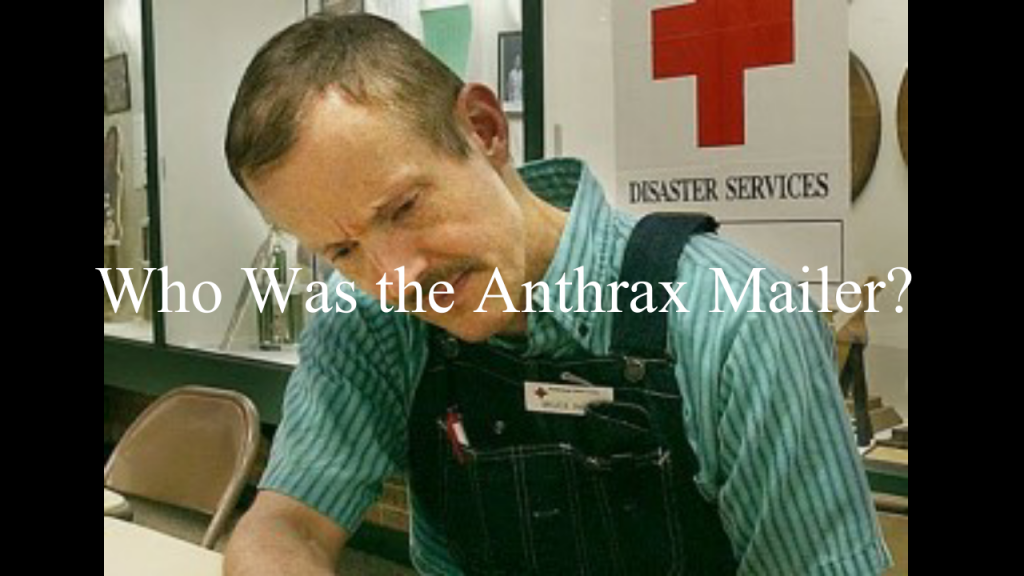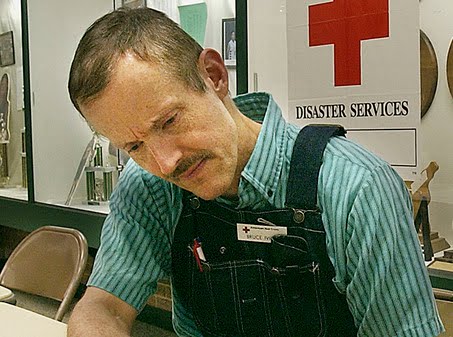

The assassinations of the 1960s and the tragic events of 2001 have resisted resolution for many years. Now young Americans have an opportunity to contribute to solving them. Steven J. Dillon and Kenneth J. Dillon of Scientia Press suggest why the investigations have not borne fruit, how we can reach more clarity, and what special strengths young Americans can bring to the effort to get to the bottom of them. See also https://www.scientiapress.com/kgb-theory, https://www.scientiapress.com/jdey-anthrax-mailings, and www.scientiapress.com/al-qaeda-shoebomber-flight-587.
Young Americans Can Help Resolve Our Historical Tragedies
Steven J. Dillon and Kenneth J. Dillon, June 12, 2025
Both the assassinations of the 1960s–John F. Kennedy, Martin Luther King, and Robert F. Kennedy–and the tragic events of 2001 changed the course of the country yet left more questions than answers. Older generations of Americans have extensively researched and debated theories of these events but have failed to converge on solutions even as their views have hardened. For 2001, they don’t even agree on which events should be included. Now, however, young Americans, many of whom were not even alive in 2001, have an opportunity and a duty to investigate these events and uncover truths that have been hidden but not necessarily lost.
Investigations into the assassinations of the 1960s reveal several clues,
Tags: Abderraouf Jdey, al Qaeda, American Airlines Flight #587, anthrax mailings, Bruce Ivins, George de Mohrenschildt, Jack Ruby, James Earl Ray, John F. Kennedy, KGB, Lee Harvey Oswald, Lyndon Baines Johnson, Martin Luther King, Robert F. Kennedy, Sirhan Sirhan

There are two sides to every story. Judges rightly admonish juries to check out both sides before coming to a conclusion. Our entire system of adversarial justice is built on this principle. But under surveillance by FBI in the 2001 anthrax mailings case, U.S. Army scientist Bruce Ivins committed suicide. So only one side got to tell its version of the story.
Upon closing the case on February 19, 2010, FBI issued an Amerithrax Investigative Summary that concludes that Ivins was the anthrax mailer. The Summary contains serious errors as well as minor ones. It also omits crucial information. So, to ensure a fair outcome, we need to look at it through the eyes of a defense attorney, to make sure that the American people can check out both sides of the story before coming to a conclusion.
Tags: al Qaeda, anthrax mailings, biodefense, Bruce Ivins, FBI, Jdey, terrorism
 The apparent misdeeds and cover-ups of the administration of George W. Bush related to the terrorist attacks of 2001 remain in historical limbo. Neither presidents, nor the Congress, nor the media have gotten to the bottom of these tragic events. The 9/11 Commission Report, while providing hundreds of useful details, egregiously and unpardonably failed to examine the doings of senior government officials in the run-up to 9/11 and so must be considered a cover-up. As a result, the American public has not come to closure on the 9/11 attacks or on the anthrax mailings of 2001, nor is there a shared understanding of such a critical issue as the real reasons that the US attacked Iraq in 2003.
The apparent misdeeds and cover-ups of the administration of George W. Bush related to the terrorist attacks of 2001 remain in historical limbo. Neither presidents, nor the Congress, nor the media have gotten to the bottom of these tragic events. The 9/11 Commission Report, while providing hundreds of useful details, egregiously and unpardonably failed to examine the doings of senior government officials in the run-up to 9/11 and so must be considered a cover-up. As a result, the American public has not come to closure on the 9/11 attacks or on the anthrax mailings of 2001, nor is there a shared understanding of such a critical issue as the real reasons that the US attacked Iraq in 2003.
These failures have left the field open to wild speculations regarding these events, generally termed “conspiracy theories”, though this term obscures the crucial distinction between elaborate prospective plots involving many actors (silly in the context of an open society) and retrospective cover-ups that government officials who have made embarrassing mistakes are all too prone to engage in (very realistic and plausible). However, it is also true that simple prospective plots involving two or three individuals can occur.
Failure to reach a full, shared understanding of major events that led to interminable wars and occupations in the Middle East and Southwest Asia as well as to the undermining of civil liberties has helped to alienate Americans from their government and media, a triumph for America’s enemies. So we must make every effort to establish a clear common interpretation of what actually happened.
Tags: 9/11 attacks, Able Danger, al Qaeda, anthrax mailings, biodefense, Bush Administration, conspiracy theories, Dick Cheney, FBI, Flight #587, George W. Bush, I. Lewis Libby, Ivins, Jdey, Paul Wolfowitz, shoebombing, terrorism

Historian and former State Department intelligence analyst Kenneth J. Dillon interprets the 2001 anthrax mailings case. He explains why domestic Mailer theories were mistaken and why we should think that al Qaeda operative Abderraouf Jdey was the real Anthrax Mailer as well as the shoebomber of American Airlines Flight #587 on November 12, 2001. In all likelihood, US Army scientist Dr. Bruce Ivins was the Innocent Preparer of the anthrax. Then al Qaeda stole it. See also Was Abderraouf Jdey the Anthrax Mailer?
Who Was the Anthrax Mailer?
Tags: Abderraouf Jdey, al Qaeda, American Airlines Flight #587, anthrax, anthrax mailings, Bruce Ivins, shoe bomb
 Here are the judge’s March 16, 2020 Order and Memorandum opinion giving his final ruling. For a general explanation of the anthrax mailings case, see Was Abderraouf Jdey the Anthrax Mailer? The judge does not appear to have read it.
Here are the judge’s March 16, 2020 Order and Memorandum opinion giving his final ruling. For a general explanation of the anthrax mailings case, see Was Abderraouf Jdey the Anthrax Mailer? The judge does not appear to have read it.
Of the documents, the first set was released by FBI in the course of the litigation. The second set includes selected lawsuit documents from Dillon v. U.S. Department of Justice. Following this is a discussion of possible destruction of evidence.
The first set includes 102 pages of emails to and from accused Mailer Bruce Ivins, released by FBI on court order on March 20, 2019, plus Laboratory Notebook 4282. FOIA request #1327397 sought Ivins’s emails and other documents for September and October, 2001. FOIA request #1329530 sought the Table of Contents and the 16 pages on Ivins from the 2000-page Interim Major Case Summary of 2006. After repeated failures to find emails, FBI experts located them as 1A attachments in the Amerithrax file.
Tags: Abderraouf Jdey, anthrax, anthrax mailings, Bruce Ivins, FBI, FOIA, Robert Mueller
 Unfinished business in a nation’s history can undermine citizens’ trust in government and sense of participating in a meaningful collective life.
Unfinished business in a nation’s history can undermine citizens’ trust in government and sense of participating in a meaningful collective life.
In the case of fatal moments such as assassinations and terrorist attacks, the damage adds to the impact of the attacks and helps the attackers achieve their goals of demoralizing the people and fraying the social fabric. Compounding the problem, government agencies and the media often show reluctance to reveal what they learn because they lack 100% assurance of its validity, because they fear the public reaction, or because they are covering up their own mistakes. As a result, people often believe that certain crimes remain unsolved or are even unsolvable when in fact they have already been solved but the information is being denied to the public.
Tags: Abderraouf Jdey, American history, anthrax mailings, Bruce Ivins, cover-up, Flight #587, George W. Bush, Kennedy assassination, KGB, Mary Meyer, terrorism, War on Iraq






 Here are the judge’s March 16, 2020
Here are the judge’s March 16, 2020 
 The FBI investigation of the 2001 anthrax mailings may well have been the most extensive criminal investigation in world history. According to FBI, which closed its investigation on February 19, 2010, the Mailer was U.S. Government scientist Bruce Ivins, who committed suicide in July, 2008. But the evidence FBI has adduced is so weak that skepticism is widespread among scientists, other observers of the case, and the public at large.
The FBI investigation of the 2001 anthrax mailings may well have been the most extensive criminal investigation in world history. According to FBI, which closed its investigation on February 19, 2010, the Mailer was U.S. Government scientist Bruce Ivins, who committed suicide in July, 2008. But the evidence FBI has adduced is so weak that skepticism is widespread among scientists, other observers of the case, and the public at large.

